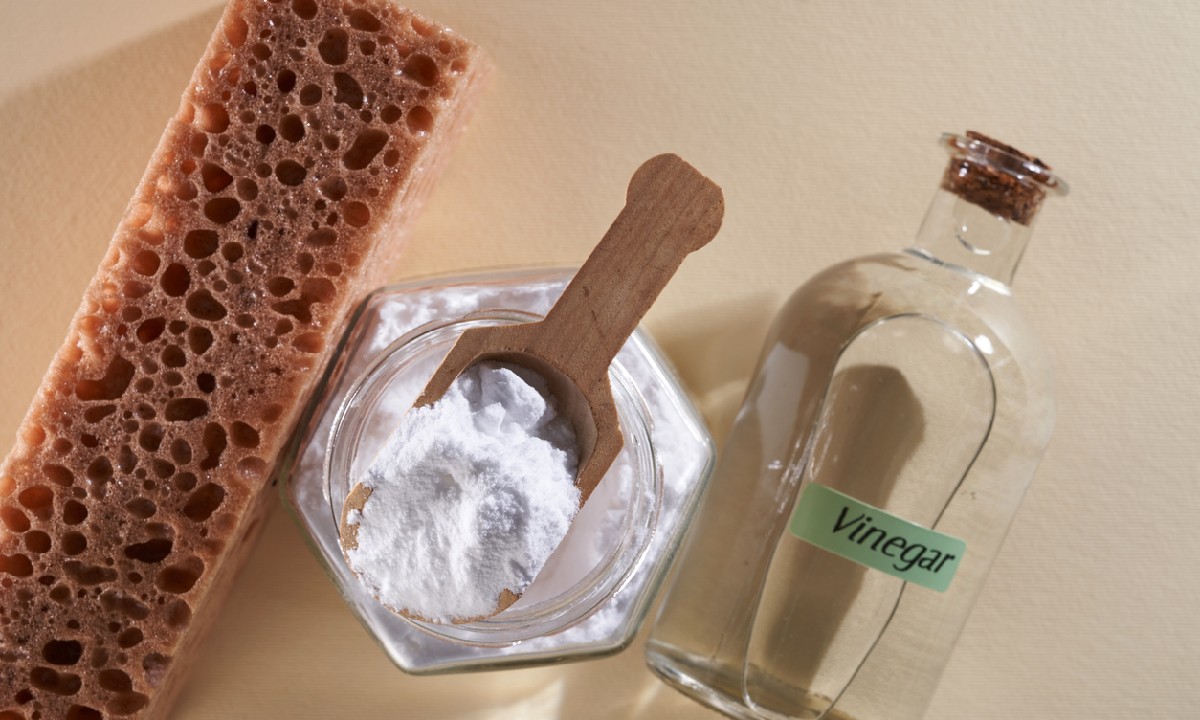This content was originally published on OldHouseOnline.com and has been republished here as part of a merger between our two businesses. All copy is presented here as it originally appeared there.
Many people take pride in their homes and like to keep them looking as clean and tidy as possible. In today’s world, there are so many different cleaning products you can use to get rid of stains, mineral deposits, grease, and other marks on your floors, walls, doors, and furniture.
There are classic, natural cleansing agents like cleaning vinegar and lemon juice, as well as synthetic cleaning products containing a wide range of chemicals. But how do these agents differ, and are some agents more effective at getting rid of stains and dirty marks around your home? Read on to find out.
The Four Types of Cleaning Agents
Even though there are hundreds of different home cleaning products on the market today, we can divide them all into four main categories: detergents, degreasers, acids, and abrasives. Each type of cleaning agent has its own pros, cons, and best uses. Below, we’ll break down the four main types to help you learn more about them.
- Detergents
Let’s begin with detergents. Detergents are some of the strongest and most versatile cleaning products around. They’re synthetic rather than natural, and they can be either water-soluble or liquid in their form. Detergents are really effective at pulling dirt away from surfaces and emulsifying oils, so they’re good for greases, dirt, and tough stains on fabrics.
- Degreasers
Next up, we have degreasers. Sometimes known as solvents, degreases are best at getting rid of grease, as the name implies. They function by drawing fats, oils, and proteins away from surfaces, and some common examples include oven cleaners and white spirits. The main place you see degreasers used is the kitchen, as they help to get rid of oily marks and greasy stains that often appear after cooking.
- Acids
Acids are another popular type of cleaning product, and many home remedy cleaning solutions like lemon juice, cola, and cleaning vinegar fall into this category. Acids have low pH levels and usually work by dissolving or breaking down dirt and stains. They’re useful all over the home for getting rid of tough stains, mineral deposits, and more on a range of surfaces, from ceramic to stone.
- Abrasives
Last but not least, the final category of cleaning agents is the abrasive category. Abrasives, as the name implies, work by rubbing or scrubbing marks away, cleaning dirt through physical force rather than chemical action. Some examples of abrasives include steel wool, salt, baking soda, and borax. They’re really useful for cleaning away heavy amounts of dirt in a small area or tough, encrusted stains.
Final Thoughts
Every cleaning product in your home can be placed into one of the four categories listed above, and each category has its own intended uses and purposes. That’s why it’s important for homeowners to be aware of the various differences of each type and know when and where to use each one. We hope that this guide has given you the information you need on cleaning agents to help you make the right choices when cleaning your home in the future.








